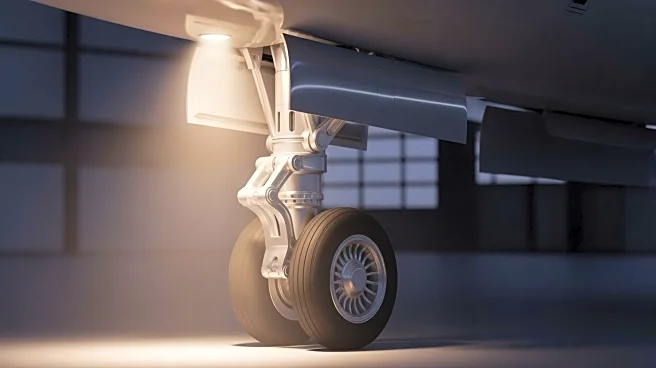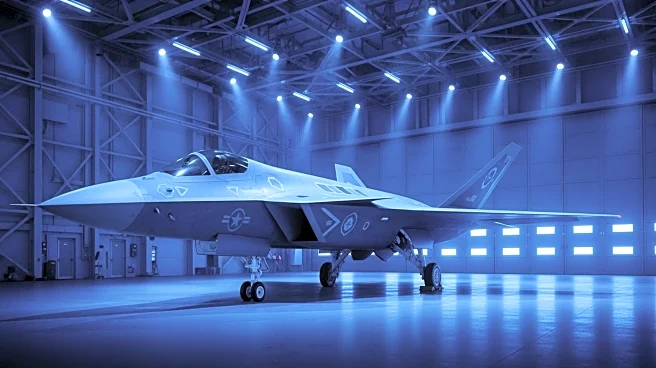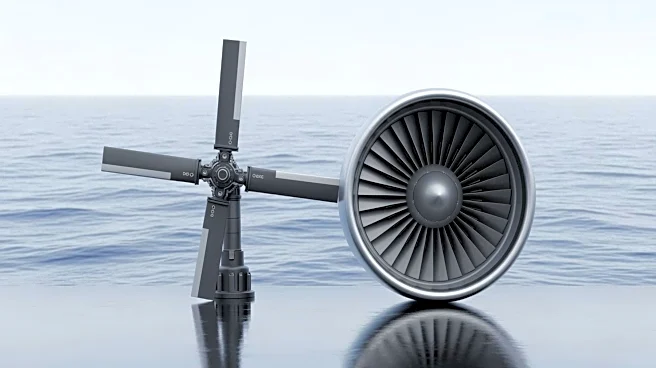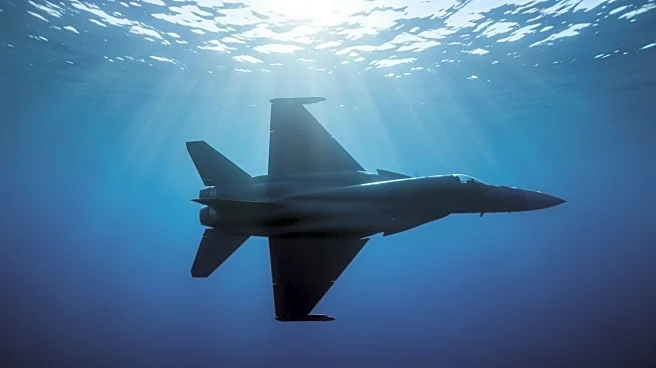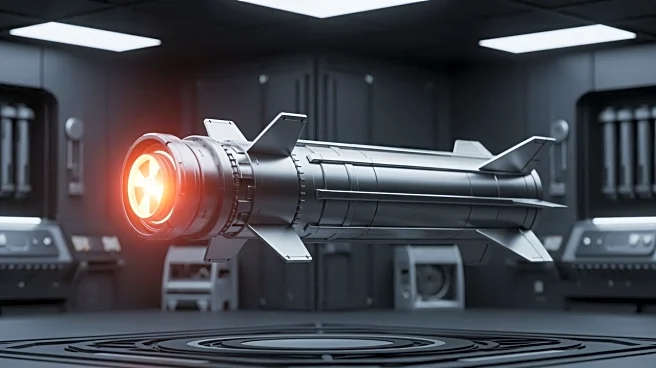What's Happening?
Southwest Research Institute (SwRI) has been awarded a seven-year, $9.9 million contract by the U.S. Air Force to evaluate the reliability of landing gear components for the F-16 Fighting Falcon fleet. This initiative is part of the Comprehensive Landing
Gear Integrity Program, a larger $300 million Indefinite Delivery Indefinite Quantity (IDIQ) contract. SwRI will utilize its expertise in aging aircraft to predict component lifespan, identify failure causes, and suggest maintenance improvements. The F-16, introduced in 1978, is the largest fixed-wing military aircraft fleet globally, with over 2,000 units in service. SwRI's Principal Engineer Laura Hunt highlighted the unique conditions faced by aircraft landing gear, such as impact forces, towing stress, corrosion, and vibration, which contribute to fatigue and damage over time.
Why It's Important?
The contract underscores the importance of maintaining the operational readiness and safety of the F-16 fleet, a critical component of U.S. military air power. By improving the reliability of landing gear components, SwRI aims to enhance the aircraft's longevity and performance, potentially reducing maintenance costs and downtime. This initiative also reflects the broader efforts to address aging aircraft issues within the military, ensuring that the fleet remains effective in various operational scenarios. The advancements in structural health monitoring and life prediction methodologies could set new standards for aircraft maintenance practices, benefiting both military and civilian aviation sectors.
What's Next?
SwRI will apply its expertise in flight data recording, full-scale testing, and probabilistic analysis to improve current methods for estimating landing gear component lifespan. The project will involve developing structural health monitoring systems and specialized inspection probes, alongside the use of NASGRO software for fracture and fatigue analysis. The outcomes of this research could lead to more accurate predictions of component service life, influencing future maintenance strategies and potentially extending the operational life of the F-16 fleet.
